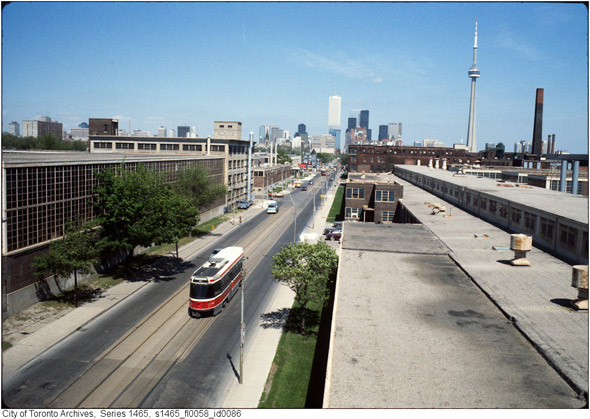
Toronto of the 1980s is a less grimy place than the previous decade, if not quite as spick and span as the city is today. Although development of the skyline wasn't quite as dramatic as it had been over the previous 20 years (which, in fairness, witnessed the birth of modern Toronto), other obvious visual shifts can be spotted throughout these photos. PCC streetcars and the red Gloucester subway cars are no longer ubiquitous, automobiles get smaller and smaller as the decade proceeds, and slowly but surely the surface parking lots and the railway lands are developed.
Don't get me wrong, there's still plenty of messy urbanism on display, but the 1980s is a far cleaner decade than the one that it followed. If photos of Toronto in the 1970s seem to be tinged with a sepia tone of nostalgia, those from the '80s tend to be more stark, highlighted by bold colours. One thinks of the new colour scheme of the CLRV streetcars, which ditches the maroon and yellow of its predecessor in favour of red and white.
While Scotia Plaza was a major addition to Toronto in 1988, the forward-looking nature of the decade is perhaps best exemplified by SkyDome, which opened in June 1989. Although the building is often associated with the '90s thanks to the Jays back-to-back World Series wins, what was once known as the Ontario Stadium Project represents a city looking for the next big thing. And aside from the various accolades the building got when it opened - try to bear in mind just how fancy that roof seemed at the time - SkyDome ushered in development of a huge swath of land below Front Street that was covered in rail lines - one that is now predominantly marked by condos.
Piecing together a city's history on a decade-by-decade basis isn't an easy task, as many trends and developments stretch beyond 10 years. But with the development of the rail lands, the steady disuse of the Inglis Factory on Strachan, and the rise of the first condominiums in Toronto, the 1980s can likely be seen as a transitional decade, one in which the city embraced a completely modern version of itself and left its industrial heritage and the grime associated with it behind.
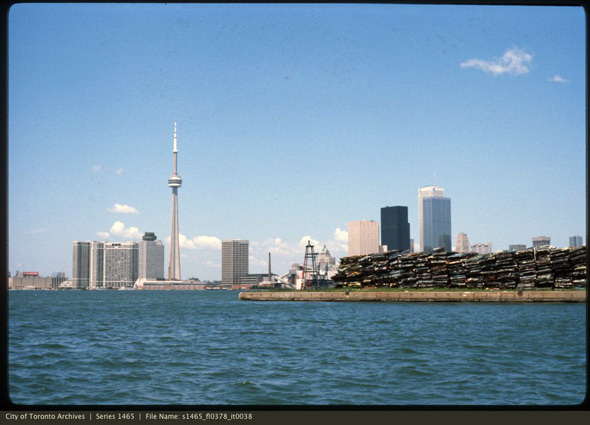
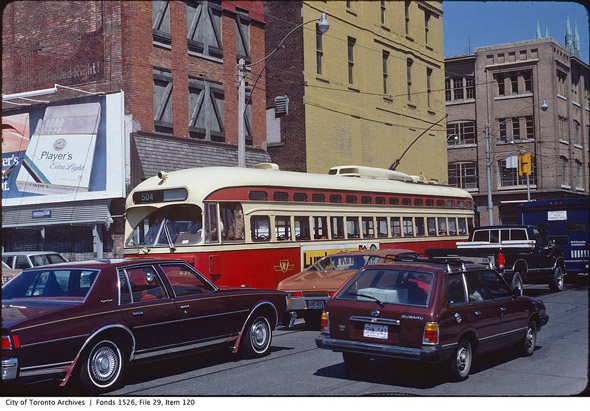
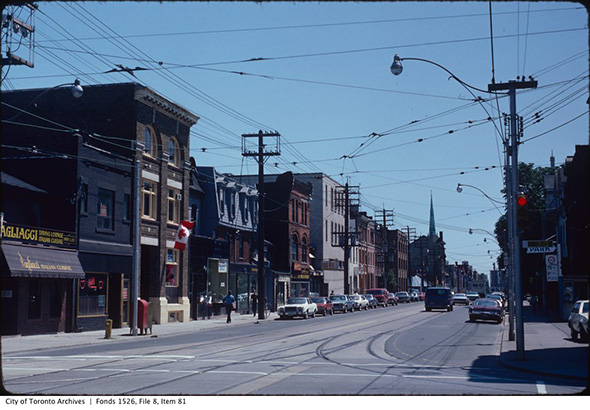
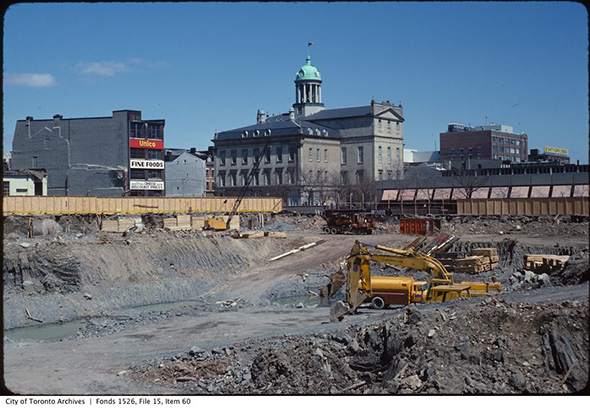
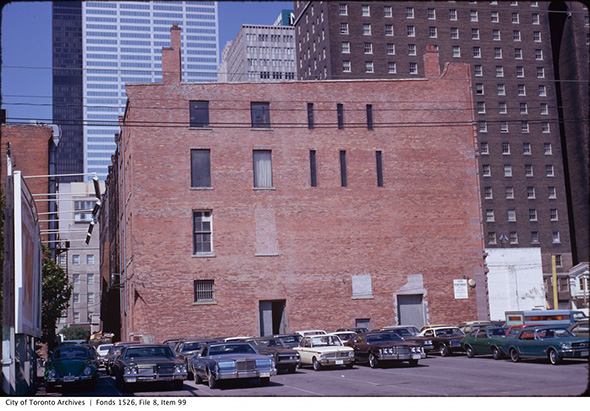
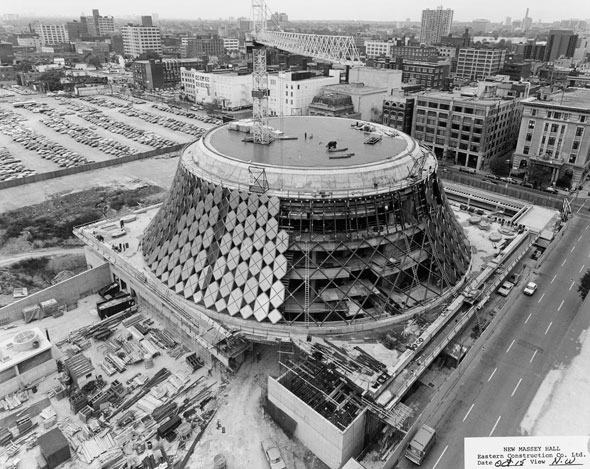
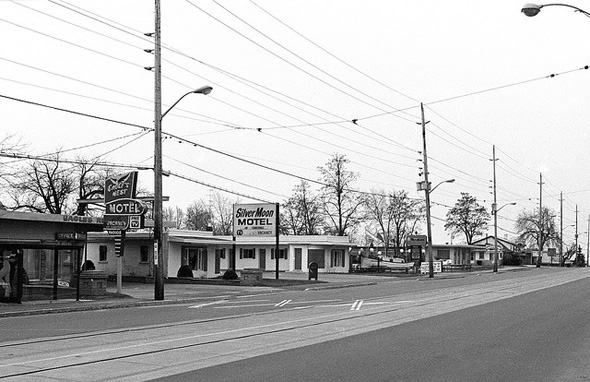
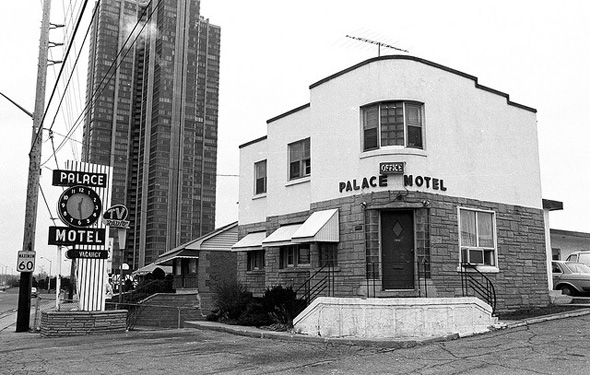
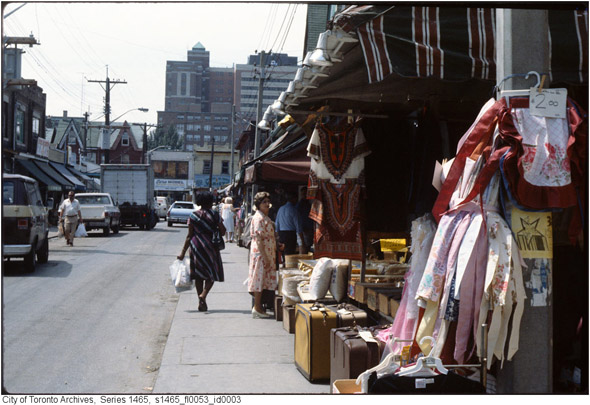
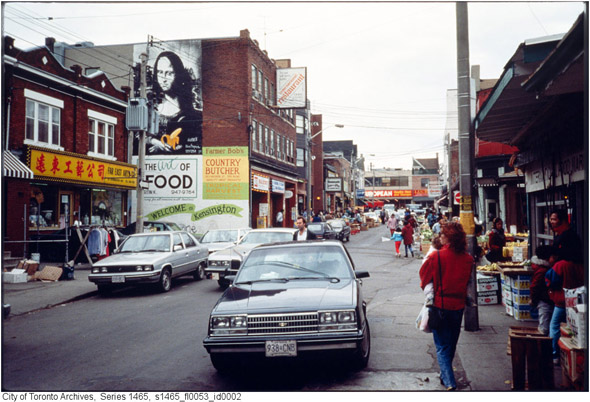
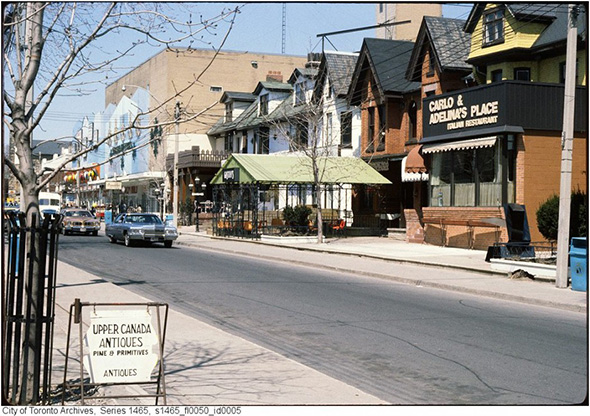
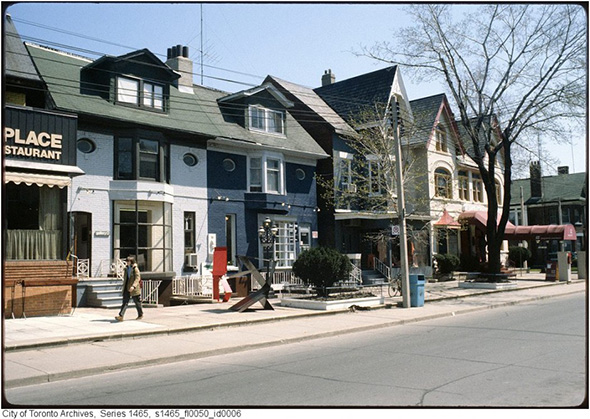
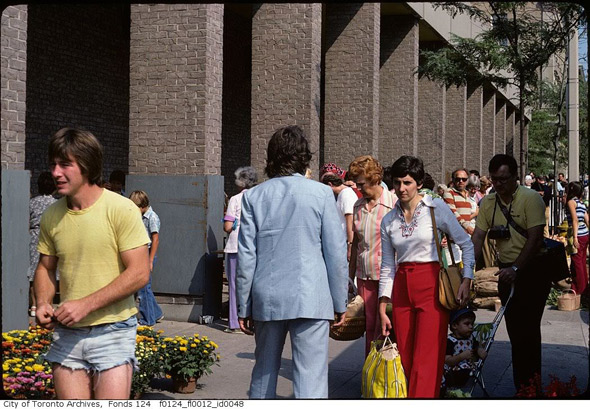
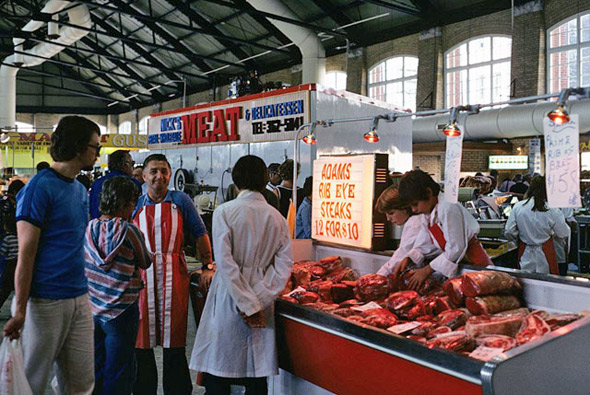
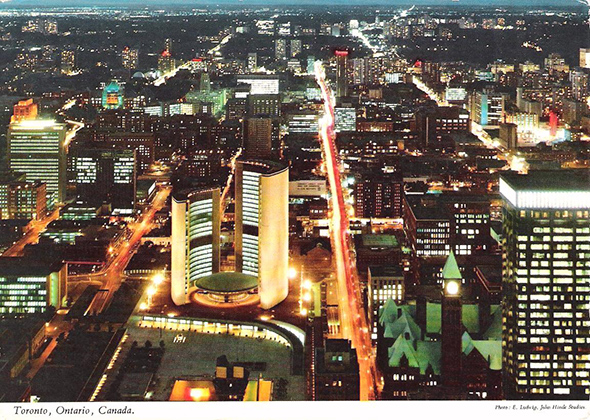
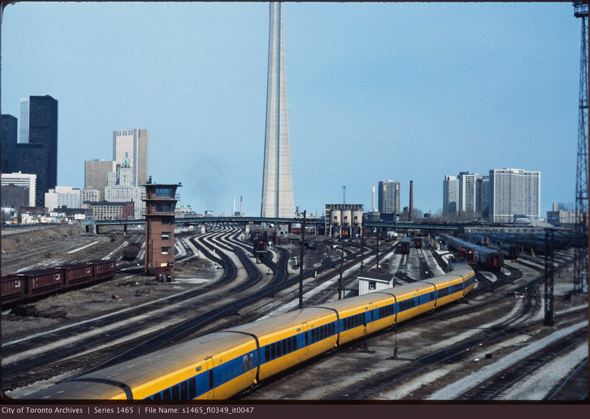
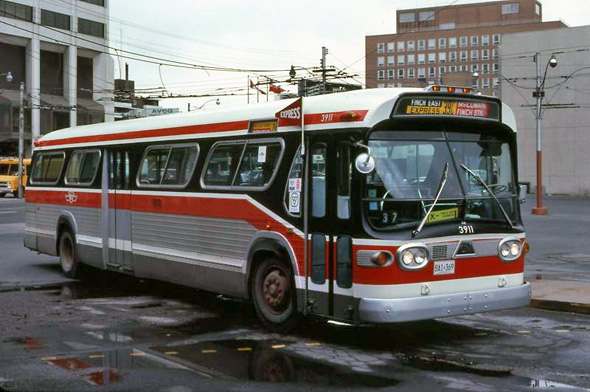
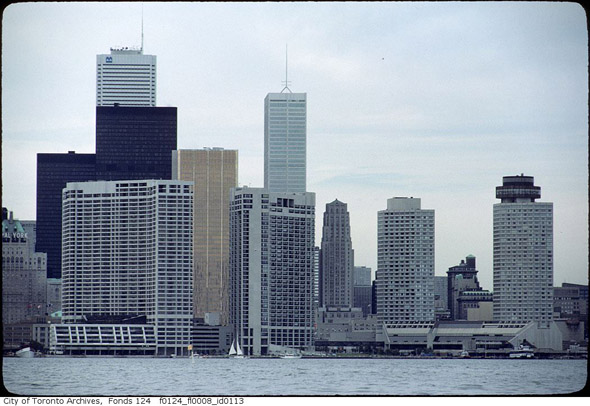
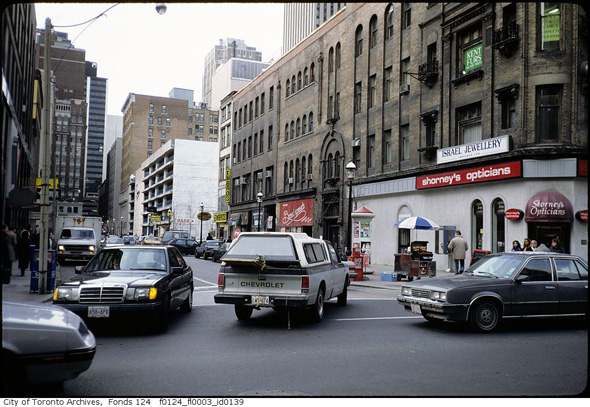
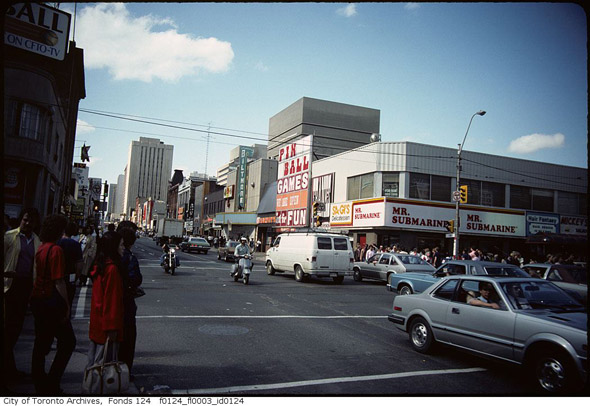
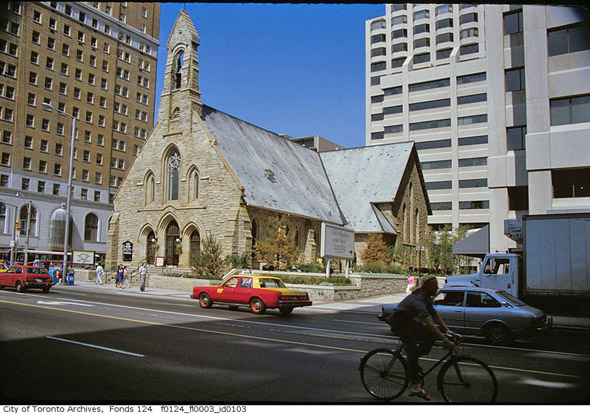
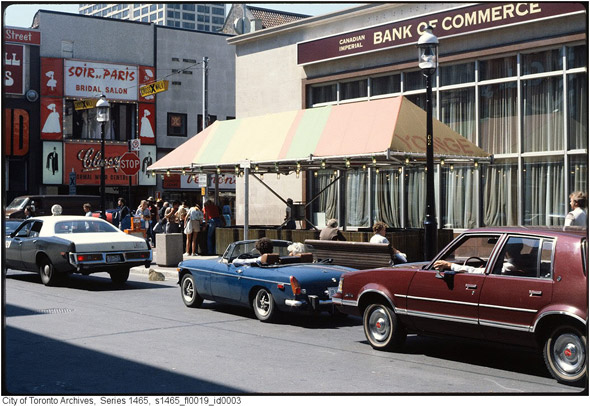
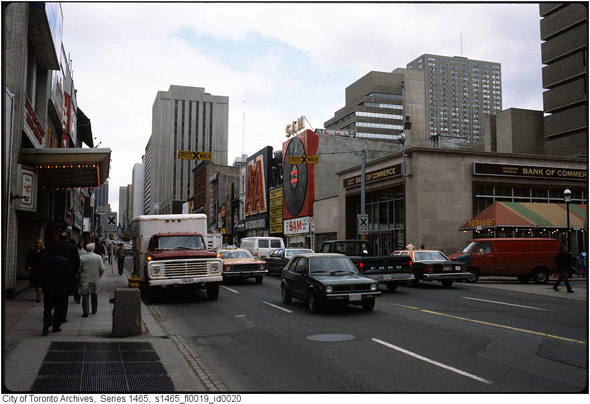
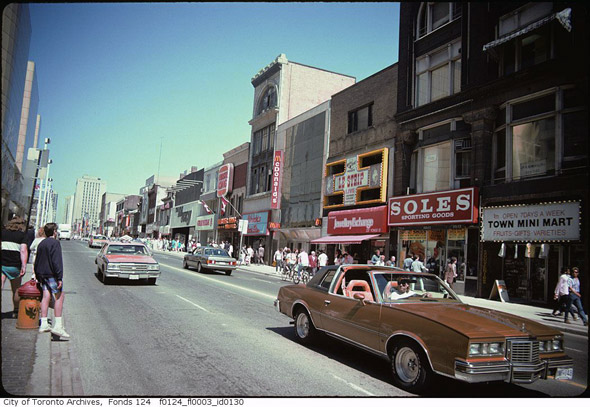
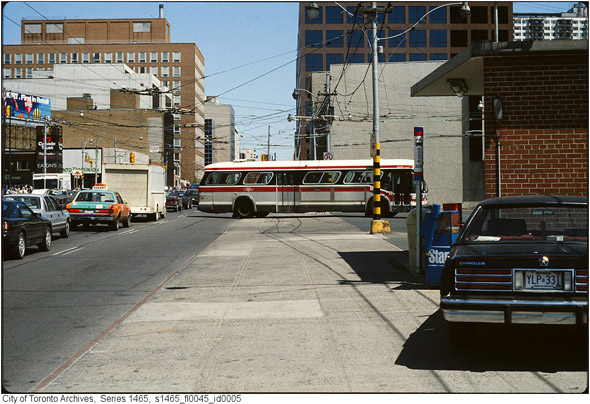
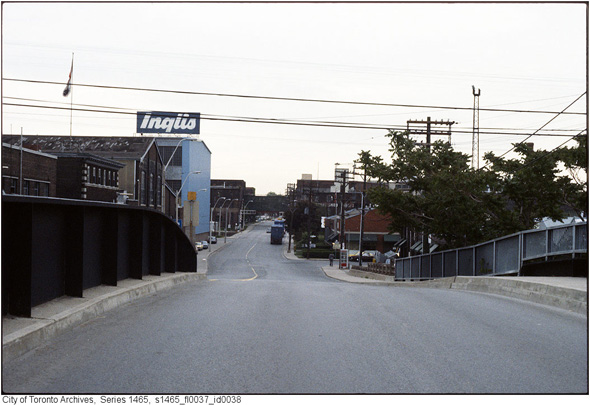
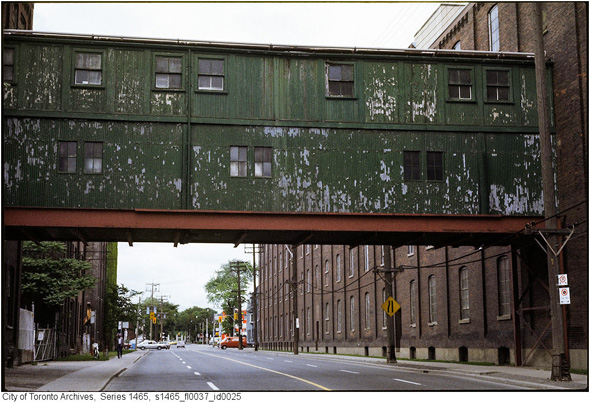
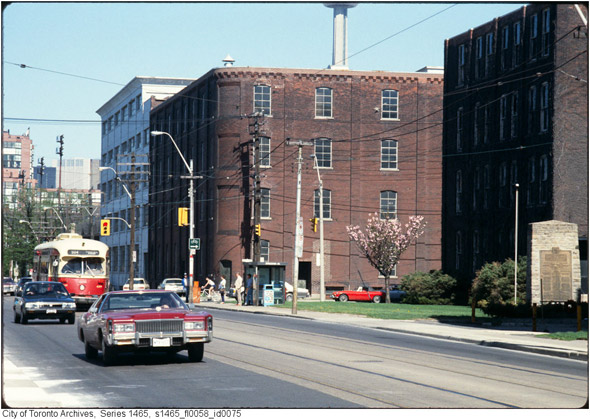
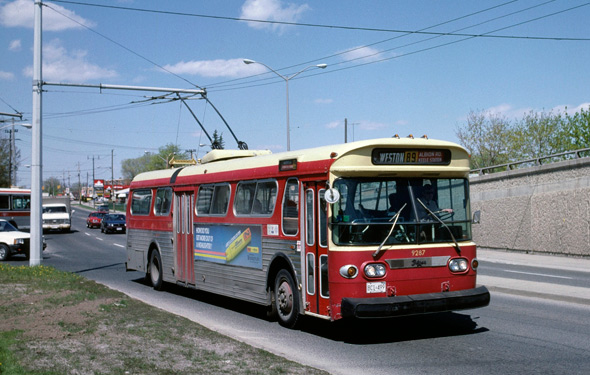
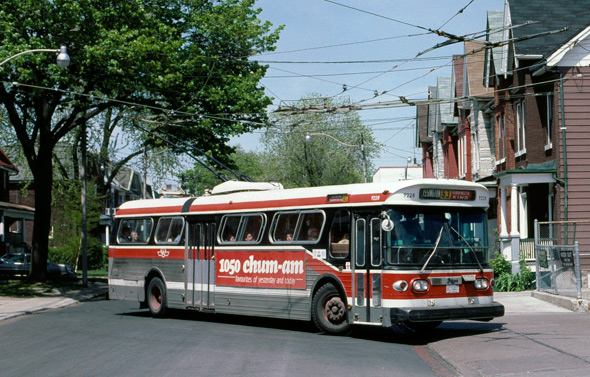
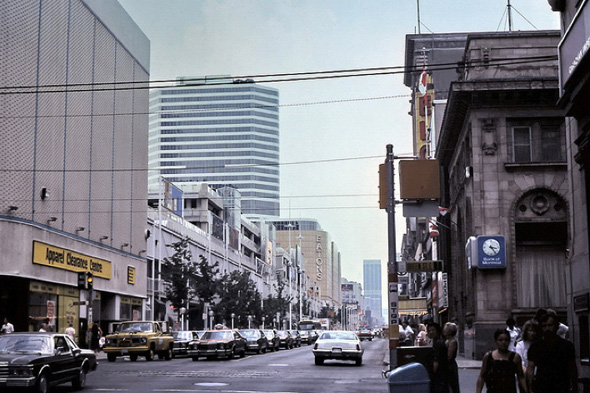
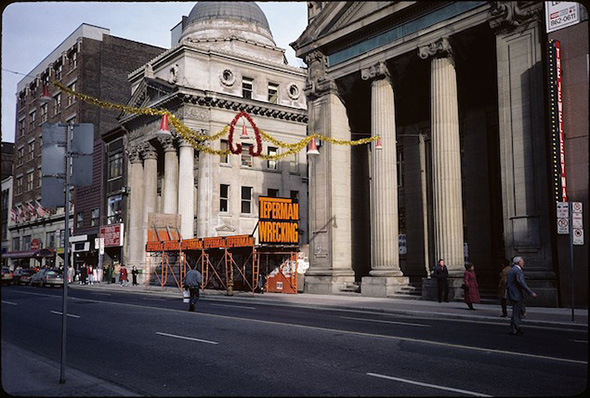
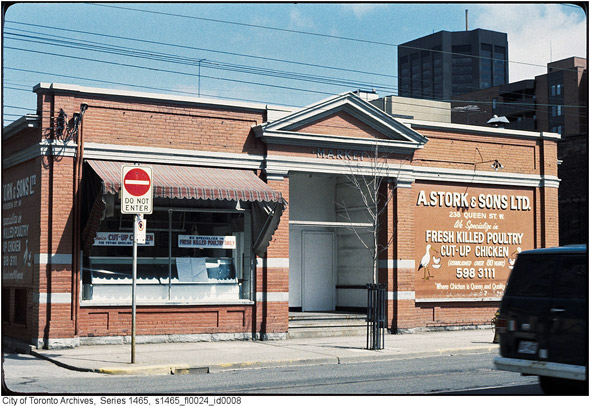
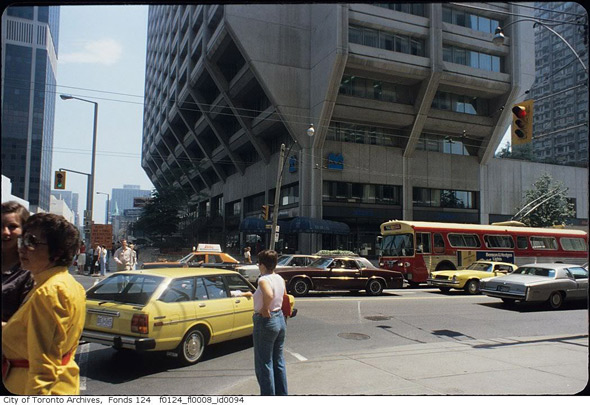
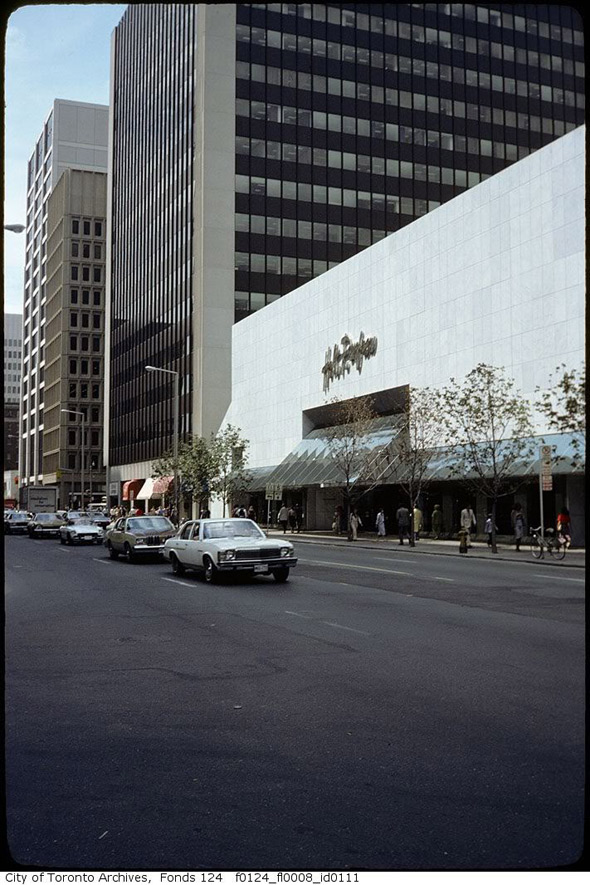
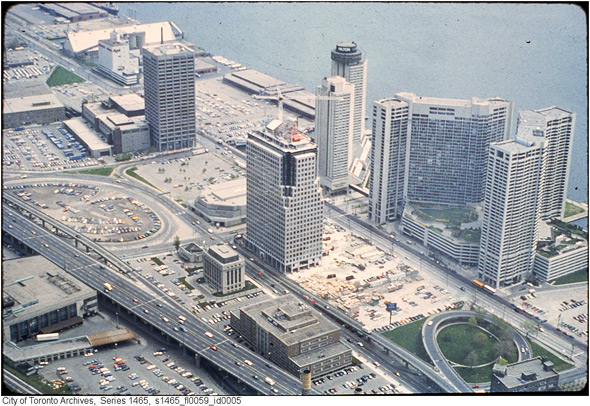
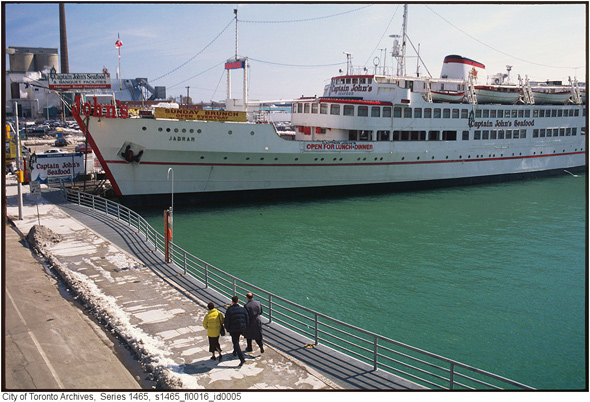
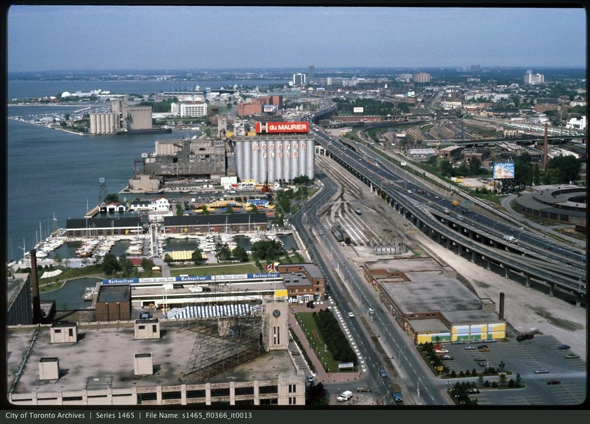
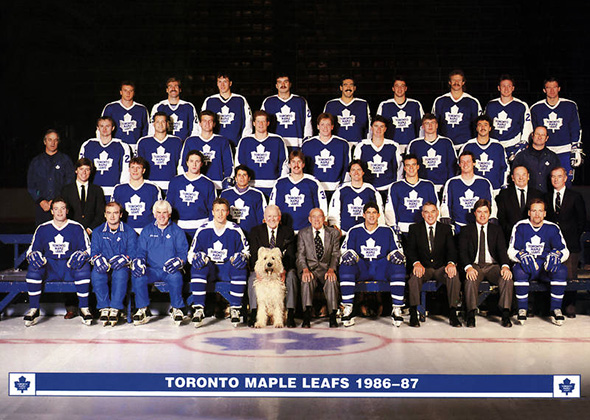
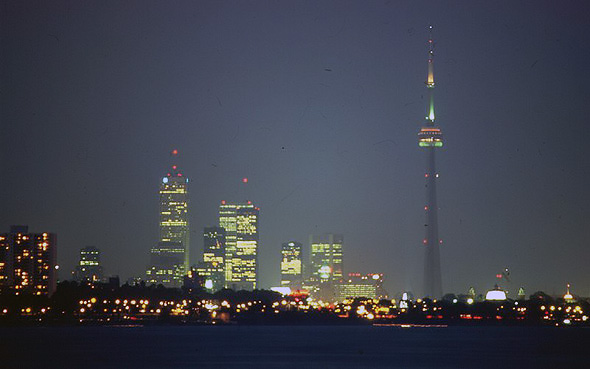
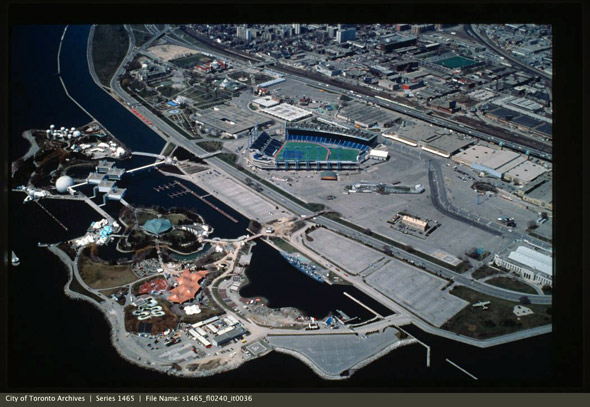
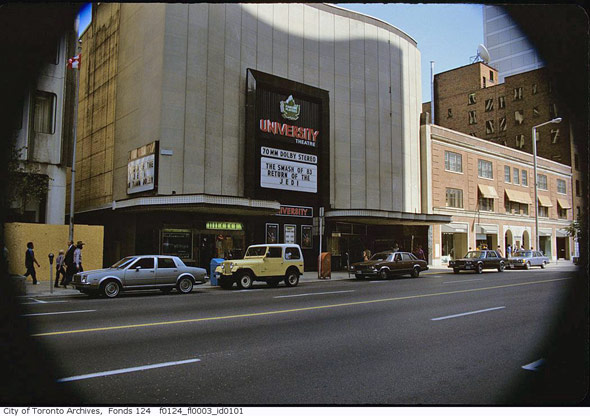
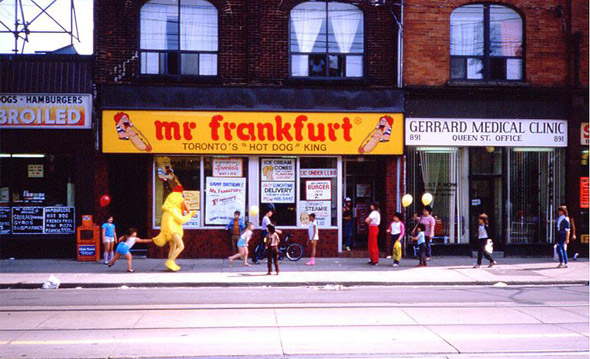
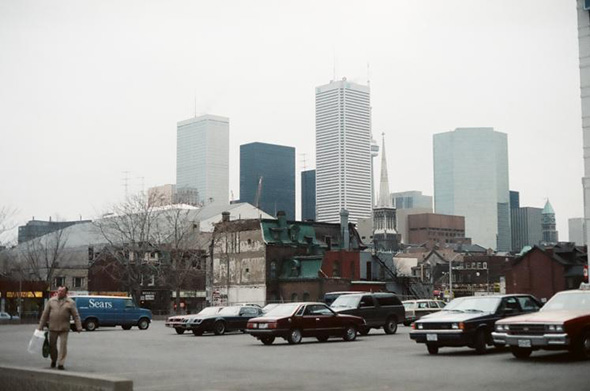
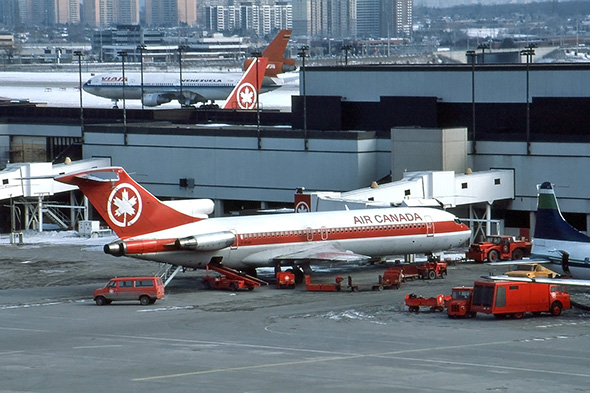
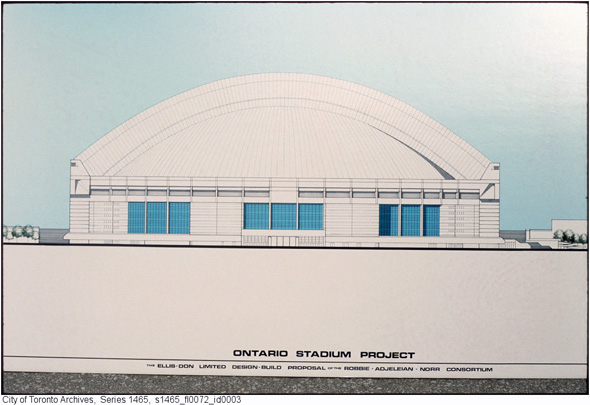
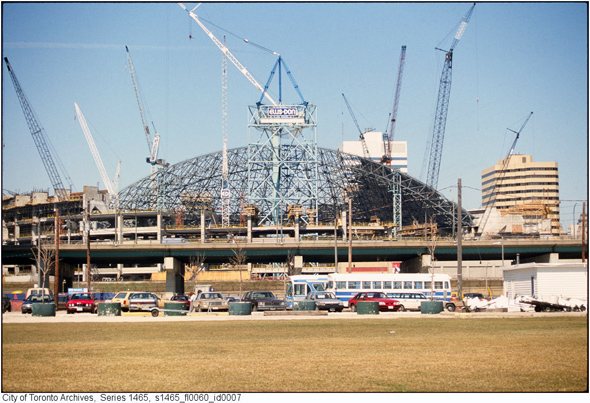
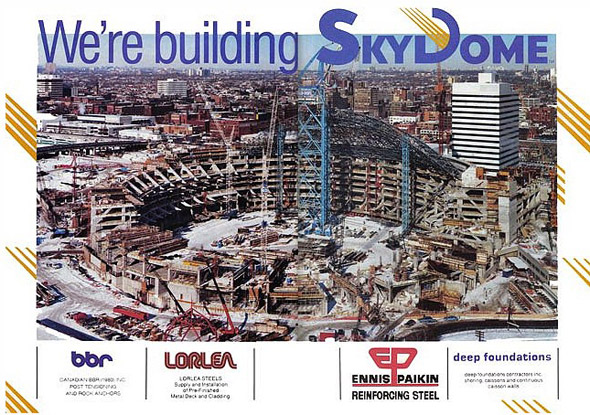 Photos from the Toronto Archives, Wikimedia Commons, and Ontario Archives
Photos from the Toronto Archives, Wikimedia Commons, and Ontario Archives
No comments:
Post a Comment